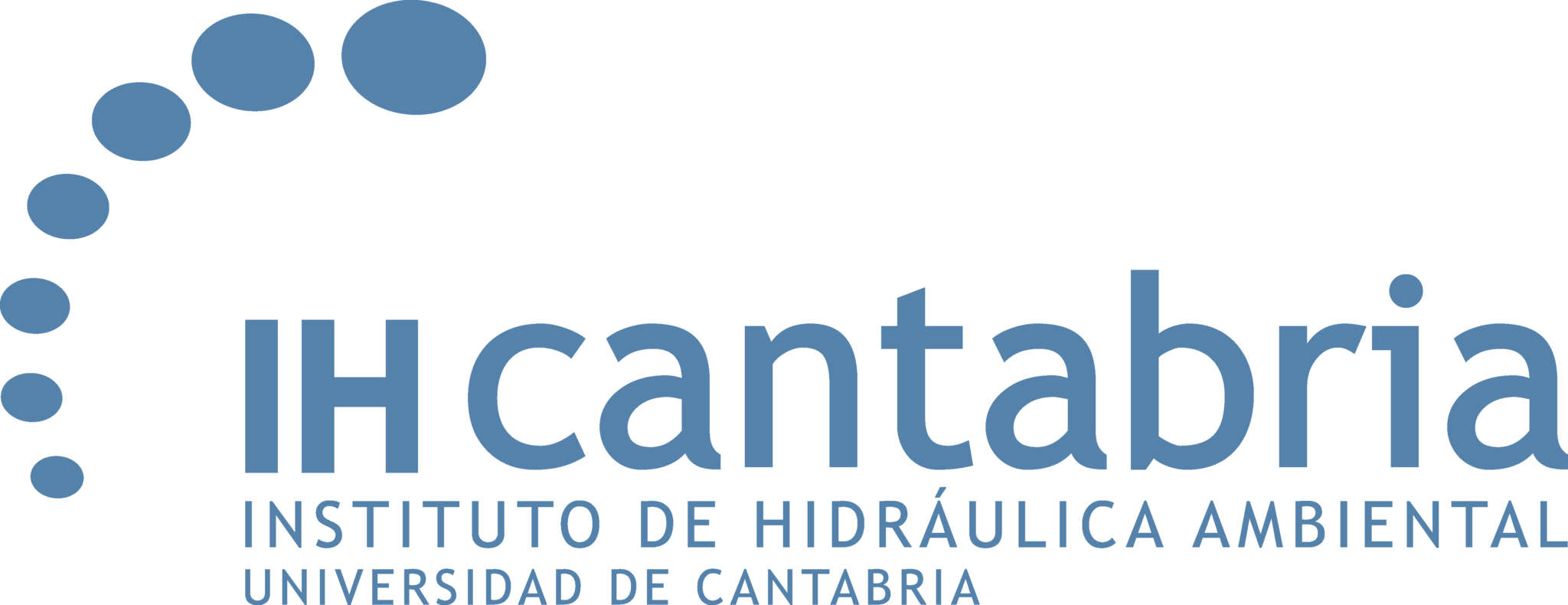NEWS
Awarded the “Bahía H2 Offshore” Project to transform offshore wind into fuel

The first phase of ‘Bahía H2 Offshore’ will be carried out for 7.7 million and 36 months, and will generate 21 jobs.
The Port of Santander will host the ‘Bahia H2 Offshore’ project, a solution to transform sea wind into fuel for maritime transport, which will develop its first phase for 7.7 million euros and an execution period of 36 months, and will generate 21 direct jobs.
The objective of the project, with a strong presence of Cantabrian companies, is the development of a pioneering and innovative system for the generation, under marine conditions, of fuels in the form of hydrogen and green ammonia by means of floating renewable energy (offshore wind and/or solar photovoltaic).
The president of the Association ‘Sea Of Innovation Cantabria Cluster’ (SICC), Luis San Segundo; the Minister of Industry and vice president of the port, Javier Marcano; the president of the Santander Port Authority (APS, in Spanish), Francisco Martín; and the director of Technology Transfer of the Institute of Environmental Hydraulics (IHCantabria), Francisco Royano, have presented this Tuesday at a press conference the project.
Bahía H2 offshore’ has a provisional financing grant of 5.7 million euros from the Institute for Energy Diversification and Saving (IDEA) within the incentive program for the innovative value chain and knowledge of renewable hydrogen in the framework of the Recovery, Transformation and Resilience Plan.
Specifically, the ‘Bahía H2 Offshore. Ammonia as a marine fuel’ will occupy a public domain space of the APS and will focus on the design, construction, installation and monitoring of a scale floating platform, integrating alkaline electrolysis technologies for the production of green hydrogen and the simulation of the Haber-Bosch process for the generation of ammonia (NH3).
Thus, it is planned to study the installation of floating solar panels to supply clean energy to the platform and the use of green fuel generated in the ships and equipment of lines and operators of the Port.
Although in this phase the technological solutions will be tested in a port area, their final application will be in offshore conditions and will open up a range of business opportunities in markets such as maritime transport.
New green fuels, such as hydrogen and ammonia, are going to be one of the most interesting pillars for the decarbonization of the maritime sector, both in terms of harmful gas emissions and noise pollution.
In the process of decarbonization of the shipbuilding industry, ammonia is presented as an alternative to be used as fuel for ships. This project aims to use marine renewable energies for the production of hydrogen and green ammonia.
Thus, the project consists of three phases. The first phase is about the hydrogen generation prototype and simulation of an ammonia plant in the Port of Santander. The second phase is related to the prototype with ammonia equipment and its integration with an operational offshore wind turbine. And, in the third phase, its integration with an operating wind farm is foreseen.
The consortium is coordinated by the Sea of Innovation Cantabria Cluster-SICC, but the other two partners of the Supercluster Atlantic Wind (SAW) have also collaborated in its promotion: the FAEN-Ainer cluster from Asturias and Asime from Galicia.
For the APS president, this is a “transcendental” project that involves “many” companies. According to him, the project consists of two parts, one of land to prepare the electrical supply and the other of water, that will be located in some corner of the Raos docks for the construction of a barge that will contain all the systems that will make it autonomous.
San Segundo explained that this technology “exists” but there are “technological challenges”, i.e. “no process has been done to convert hydrogen, nitrogen into ammonia in offshore conditions and on a small scale”, so the research and development component is “very high” and the approach to the market is “so low”.
Marcano said he felt “very proud” of the project, which has the second largest financial support of the 25 presented.
Finally, Royano pointed out that the project has “an enormous future” and highlighted the support of the Government of Cantabria through the Regional Ministry of Industry and Sodercan.



